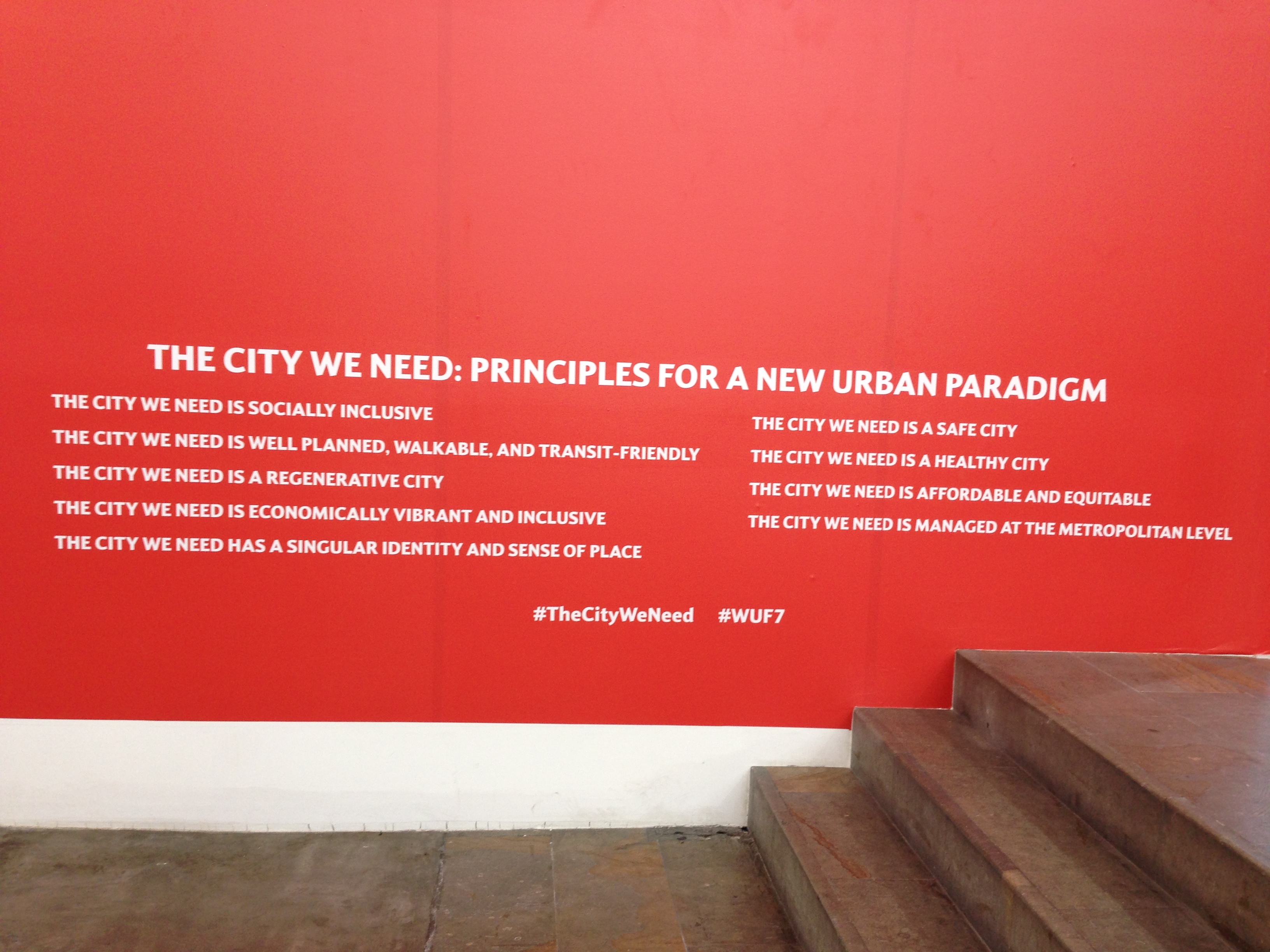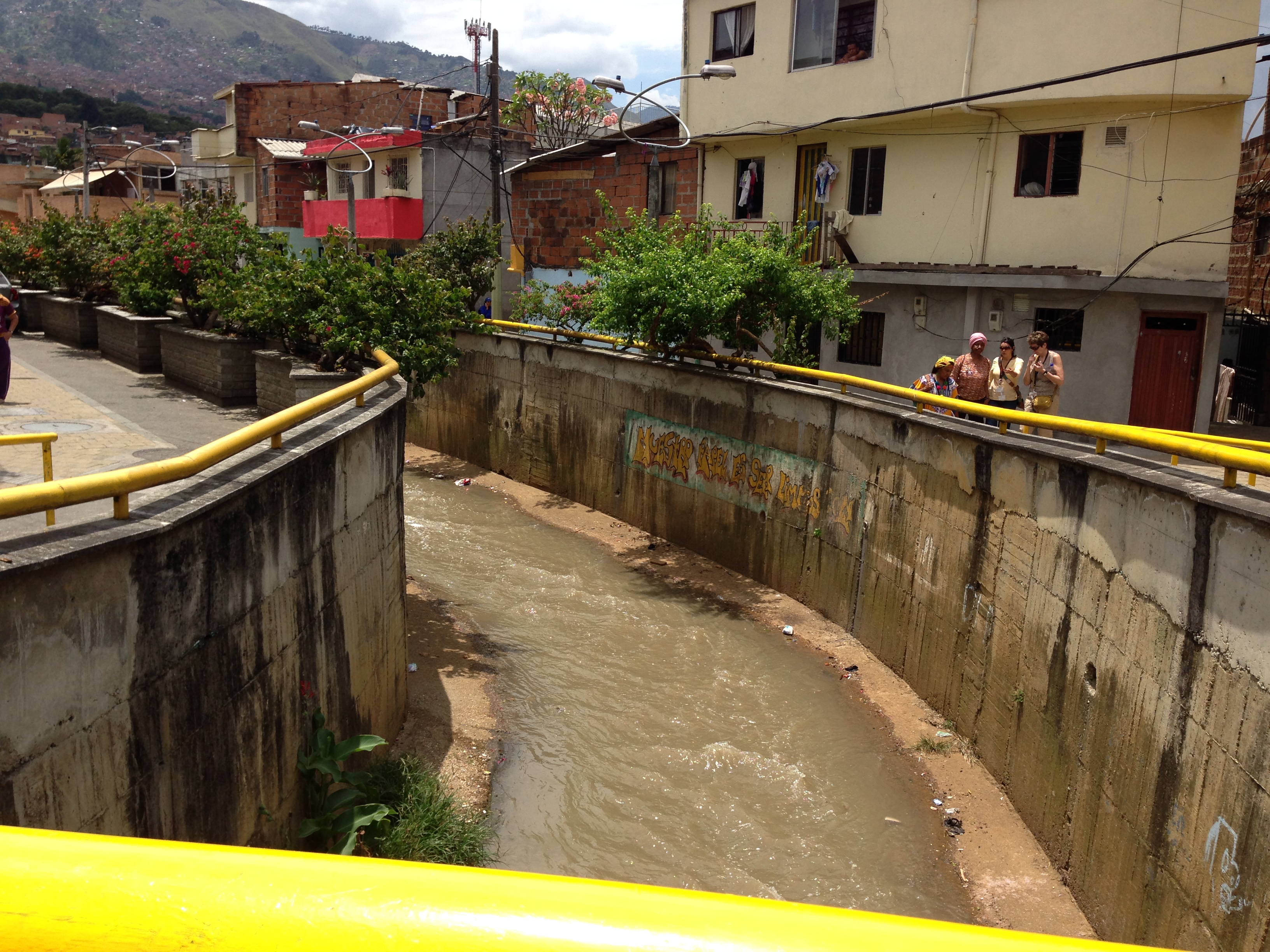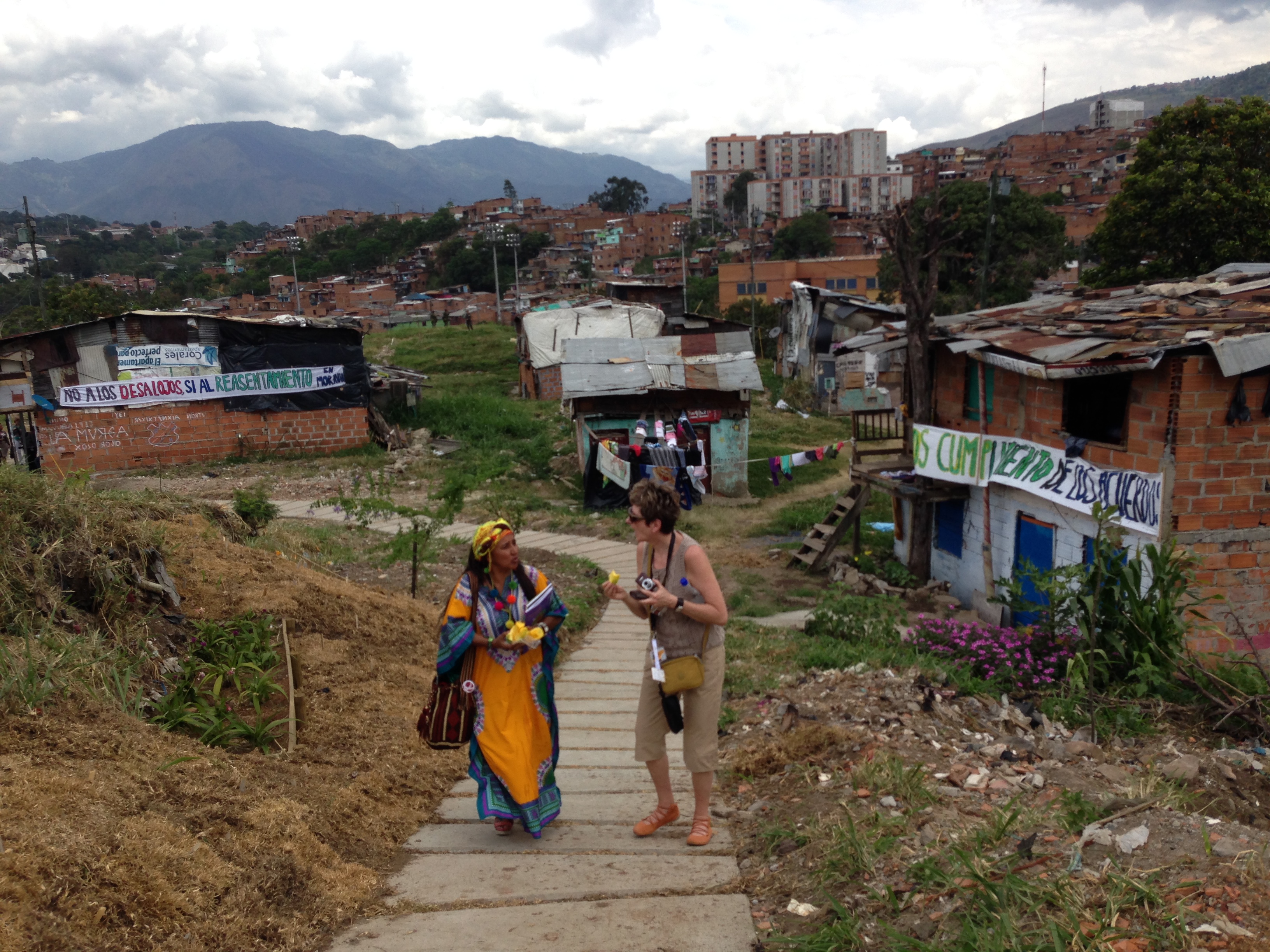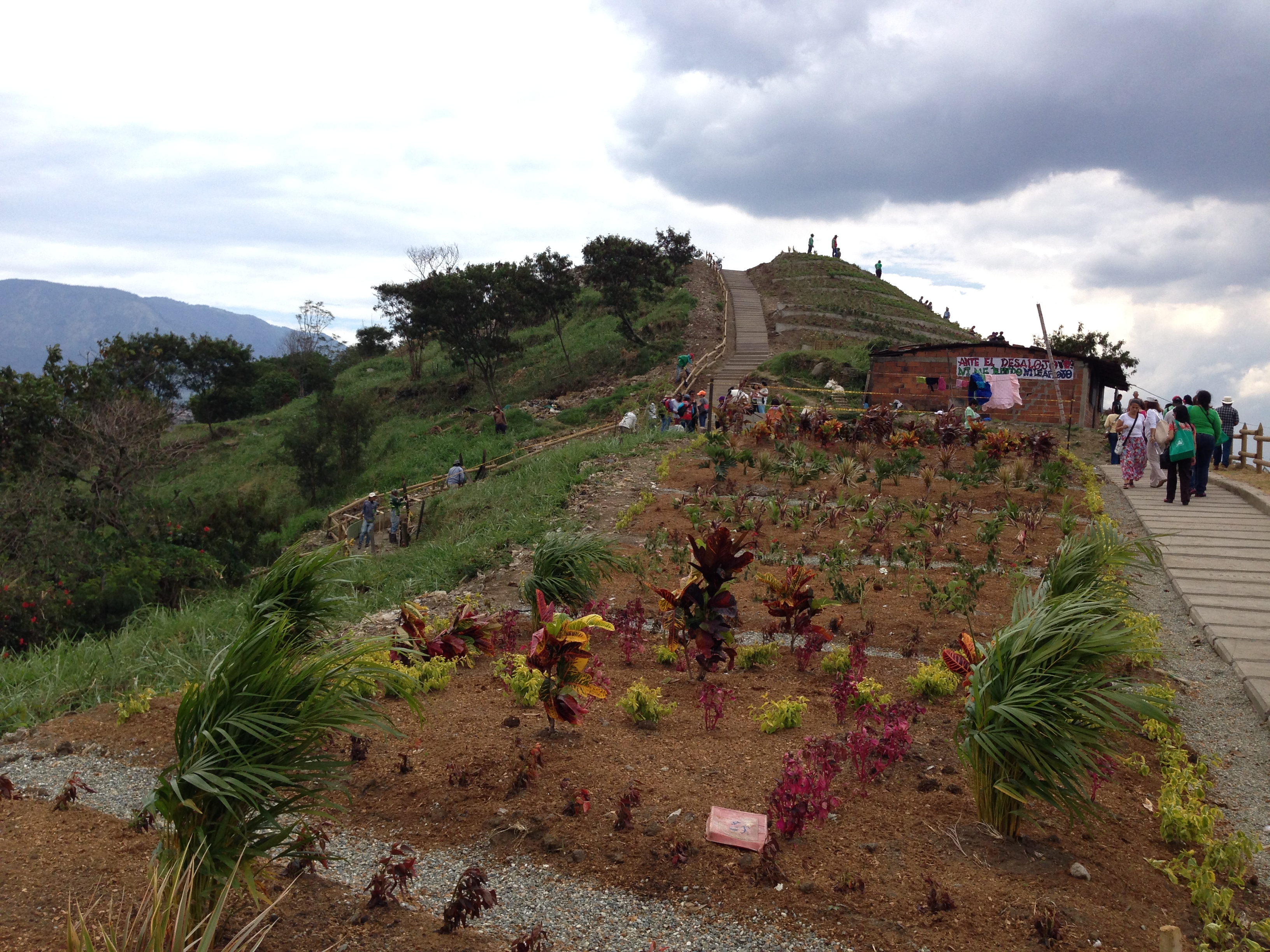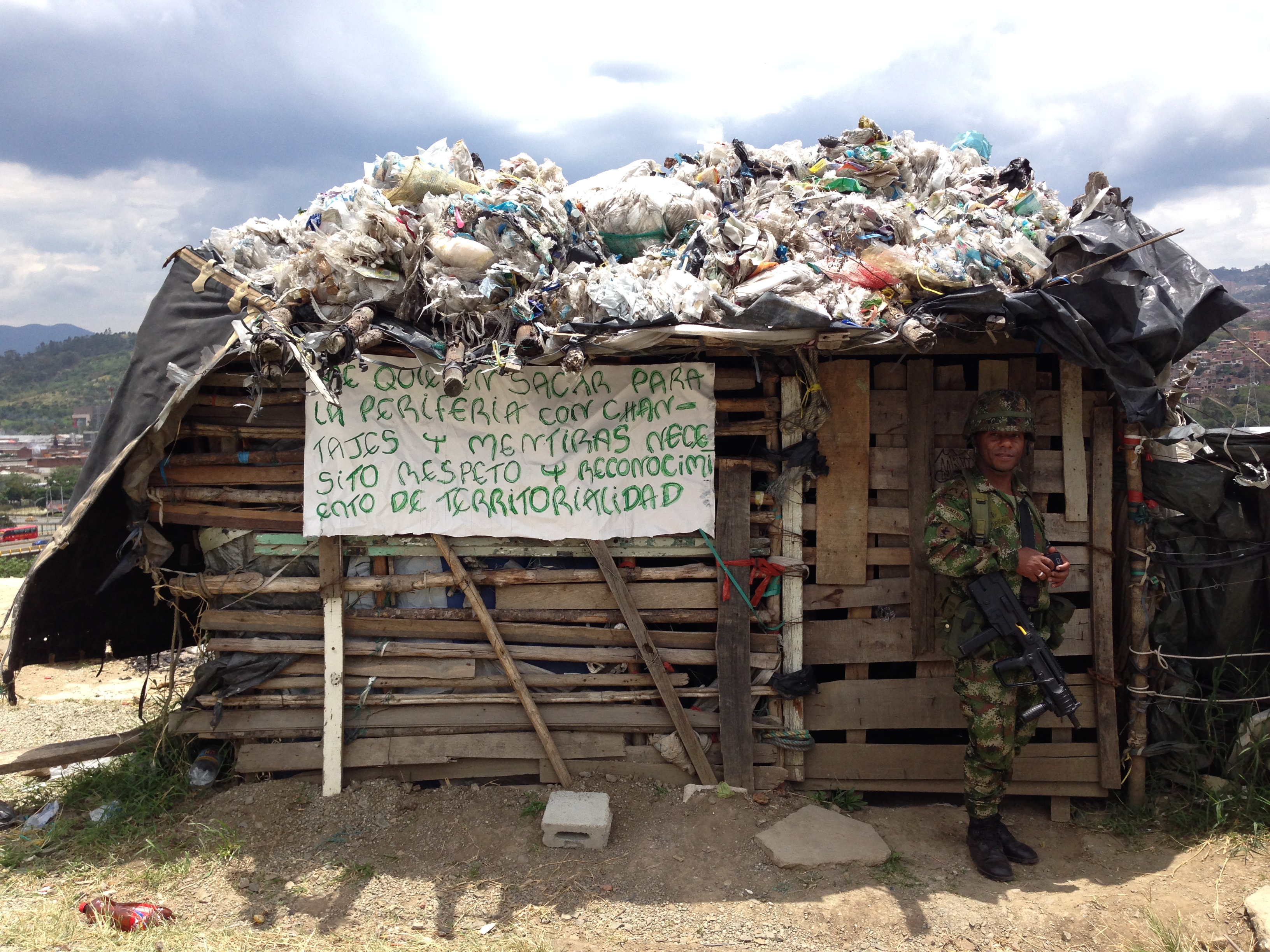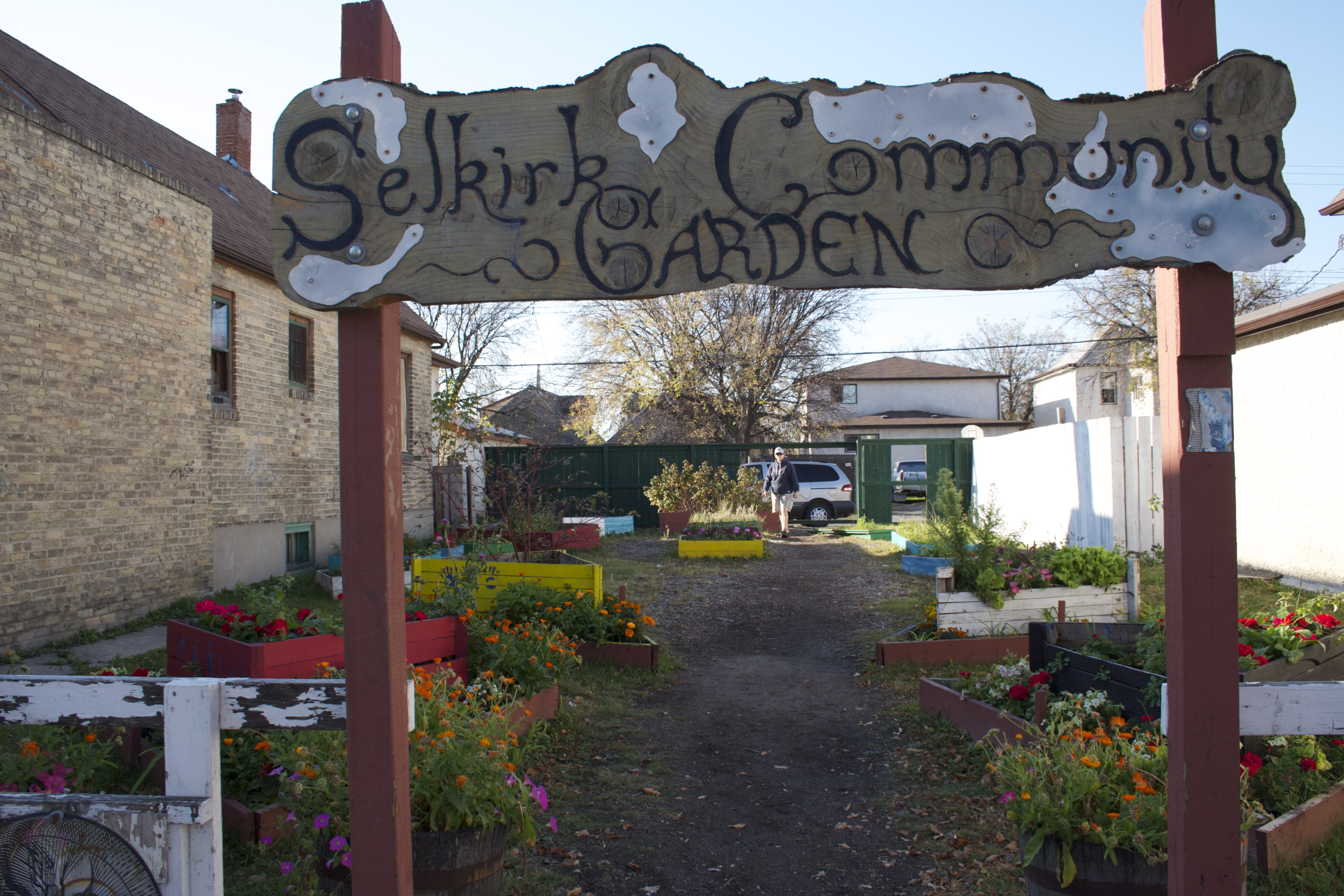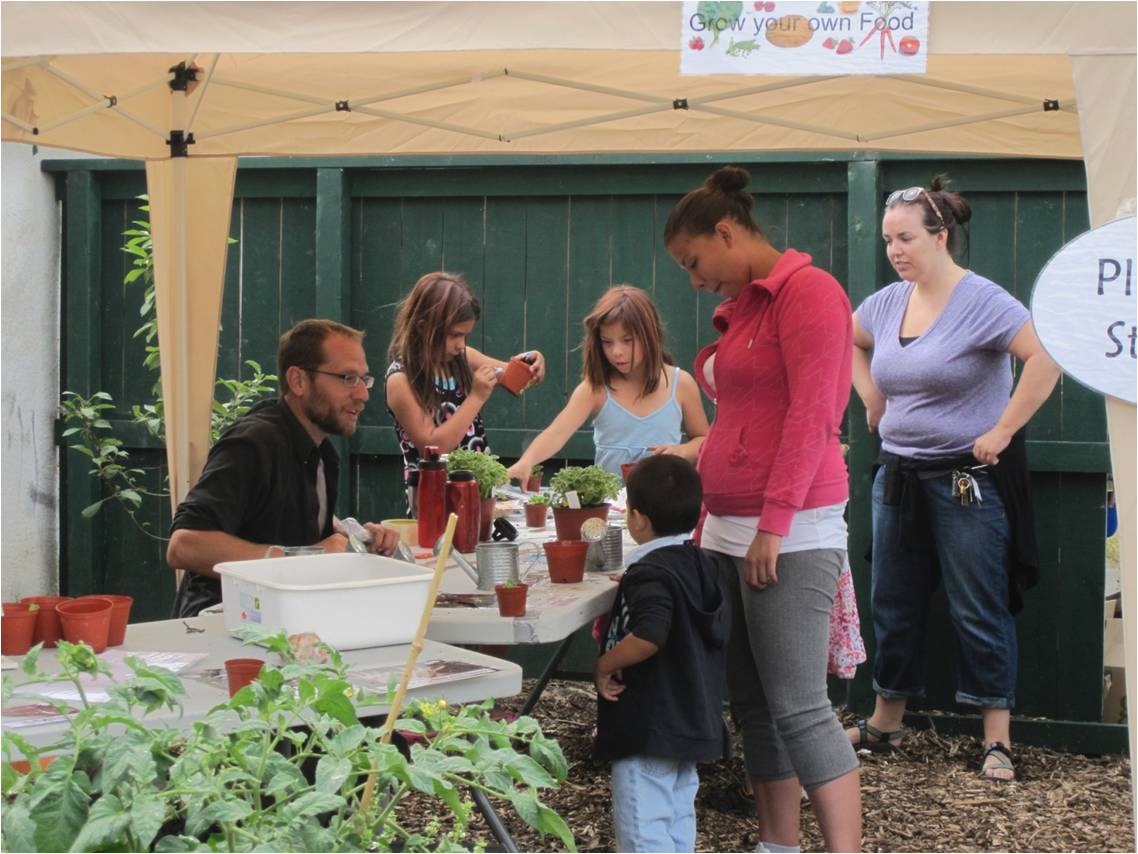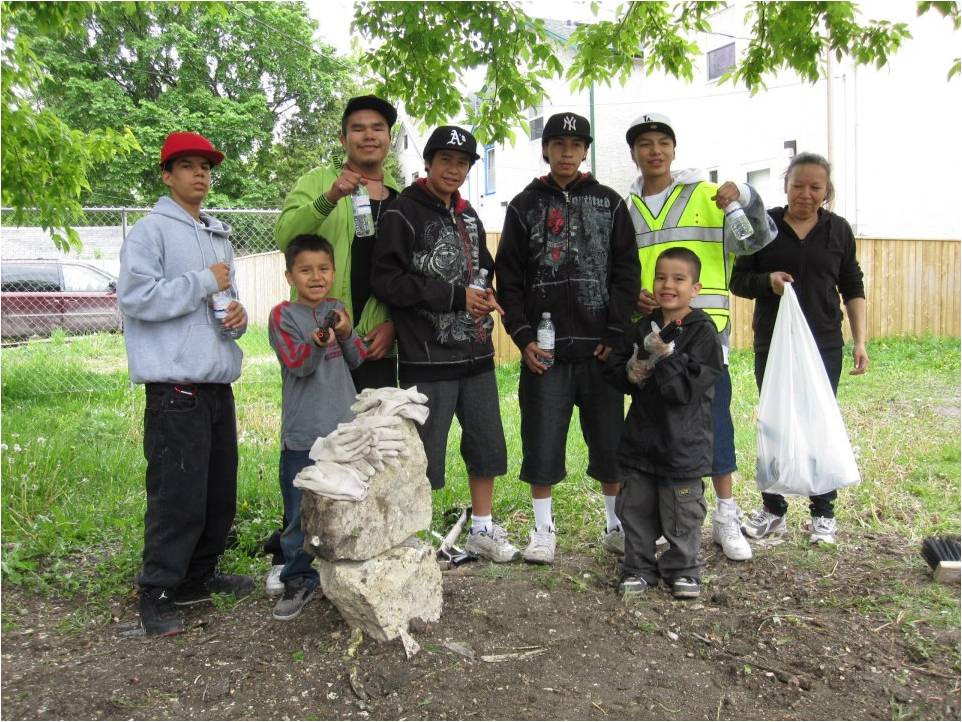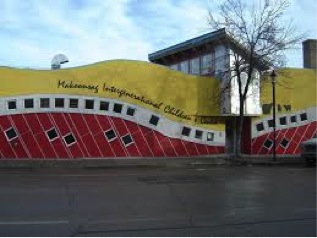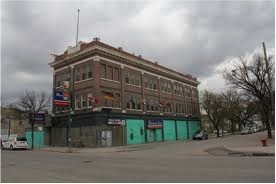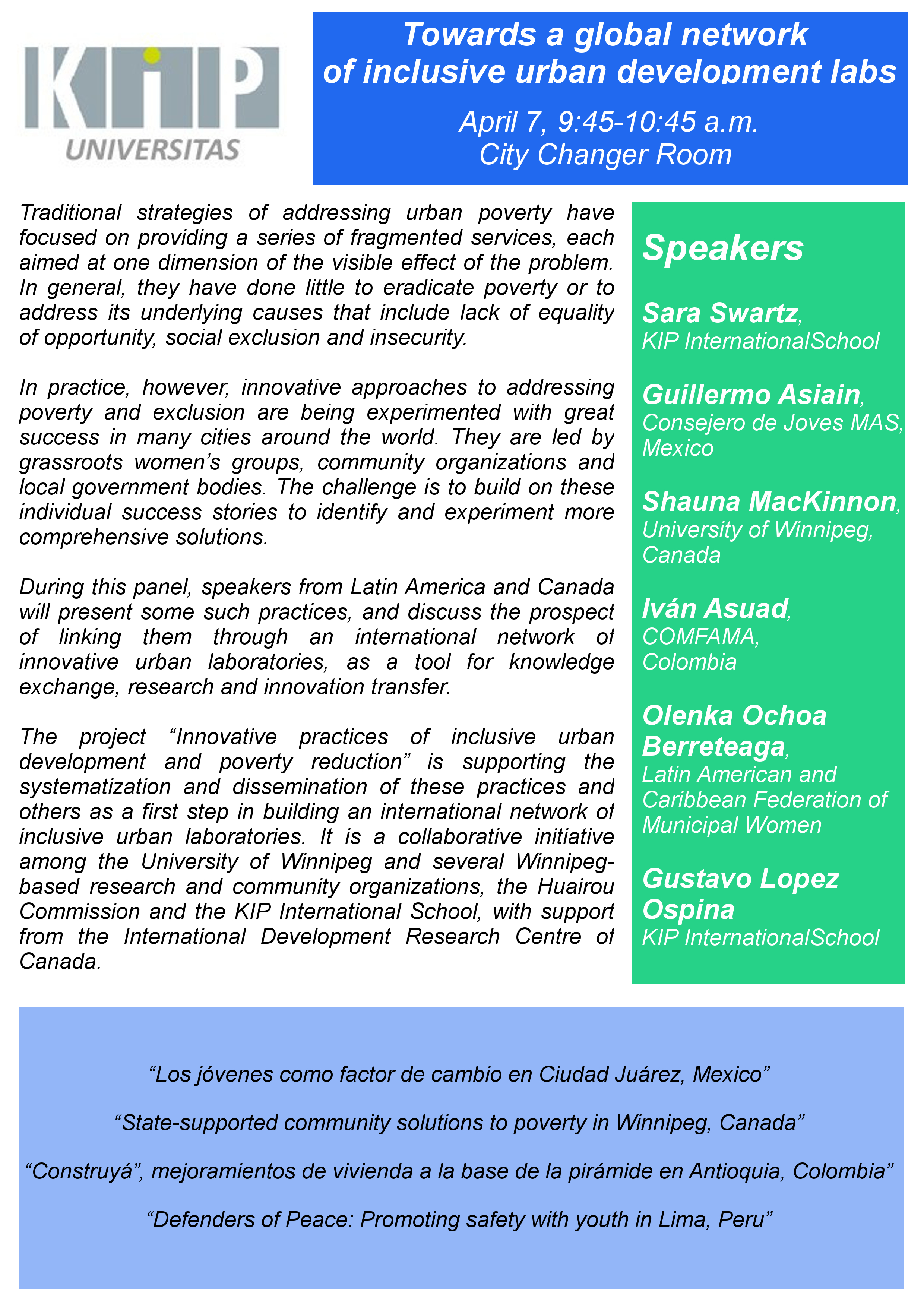Winnipeg’s divide is far more complex than Bartley Kives suggests in his article “High hopes for first indigenous Winnipeg Mayor.”(Winnipeg Free Press Saturday October 25).
Having a self-identified Métis Mayor will undoubtedly dispel many of the negative stereotypes about Indigenous people that continue to be far too prevalent in our city. Our first openly gay mayor certainly had this effect on homophobia. In fact, my somewhat conservative Catholic mother changed her views about homosexuality in part because of Glen Murray. She held him in very high regard and came to understand that his sexual orientation was irrelevant. I’ve always attributed a big part of my mother’s instant openness and acceptance of my gay brother to her seeing a progressive openly gay male as a civic leader and role model.
But the divide that Kives refers to is far more complicated, and Bowman identifying himself as Indigenous will not be enough to bridge it.
The geographic distribution of the vote tells us an important story about this divide. Our city is, as it has always been, deeply divided by class. Much of the north of the city came out in support of Judy Wasylycia-Leis, the left leaning candidate, while the south and other suburbs came out in support of the Conservative-aligned Chamber of Commerce candidate. Robert-Falcon Ouelette, who ran a high-spirited, passionate campaign that was often portrayed as “left” but was in fact ideologically more libertarian at times, garnered most of his support in the core area of the city. It is notable that the distribution of votes in 2014 was not that different than in 2010. Judy Wasylycia-Leis was the clear choice of voters in the inner city and north end of the city, while Sam Katz had a firm grasp on the south. So in spite of all the hype about ‘change’, nothing much has changed, at least in this respect.
The CJOB/Global Insightrix poll tells another important story about our city’s divide. While clearly underestimating Bowman’s lead, it provided some insight into the socio-economic status of decided voters.
50% of voters with household earnings less than $30,000 chose Judy Wasylcia-Leis as their preferred candidate, while another 38% of households earning moderate incomes between $30,000 and $60,000 also proclaimed support for Judy.
Not surprisingly, Bowman, the Chamber of Commerce-affiliated candidate, was the preferred choice of 50 % of decided voters earning between $90,000 and $120,000 and 53% of those earning more than $120,000.
So what about the Indigenous divide?
In spite of the stereotypes, not all Indigenous people in our city are poor and not all live in the inner city and North End. There is a growing number of middle-class Indigenous people across city neighbourhoods. But many Indigenous people are poor and many continue to fall behind. The inner city and north end of Winnipeg, where Bowman’s support was weakest, is home to a high proportion of Aboriginal people, many who struggle to survive on a daily basis.
There is little in Brian Bowman’s campaign platform that speaks to this divide.
Brian Bowman did not run a campaign on Indigenous issues, and he did not run as an Indigenous candidate. His emphasis has always been on ensuring that Winnipeg is a city that is “open for business.” It is this focus that garnered the support of high profile Conservative leaders and the business community and it is this focus that led to his success in the south end of the city and the outlying suburbs.
If Bowman wants, as he says, to “build bridges between the aboriginal and non-aboriginal community,” he will have to acknowledge the socio-economic and geographic divide as well. He will need to focus on the issues that matter to poor people, a high percentage of whom are Aboriginal and live in the inner city and North End where his support was the weakest. Mr. Bowman will need to reach out to the inner city to show that he is more than just the Chamber of Commerce Mayor. This means that he will need to include in his agenda policies and programs that speak to the needs and interests of the disenfranchised, Indigenous and non-Indigenous, who supported other candidates or did not vote at all.
Mr. Bowman will need to take leadership on the issue of missing and murdered Indigenous women and children. He will need to expand recreational opportunities for marginalized inner city youth. He will need to commit to increasing the supply of low-cost housing. He will need to recognize that while increasing the number of people downtown is good for our city, this alone won’t make our downtown safer and it doesn’t address the root causes of crime. While these are not issues outlined in his platform, he can make them a priority if he chooses to. But this will be a challenge for Mayor Bowman, who has promised a two percent cut to all department budgets with the exception of fire, paramedics and police, while also making big ticket promises that will have little benefit to inner city residents.
Now that he has been proclaimed the “first Indigenous Mayor,” there will be high expectations from Indigenous and non-Indigenous Winnipeggers who have long been concerned with racism as well as the geographic social and economic divide in our city.
This article appeared on the Winnipeg Free Press Online edition – November 1, 2014


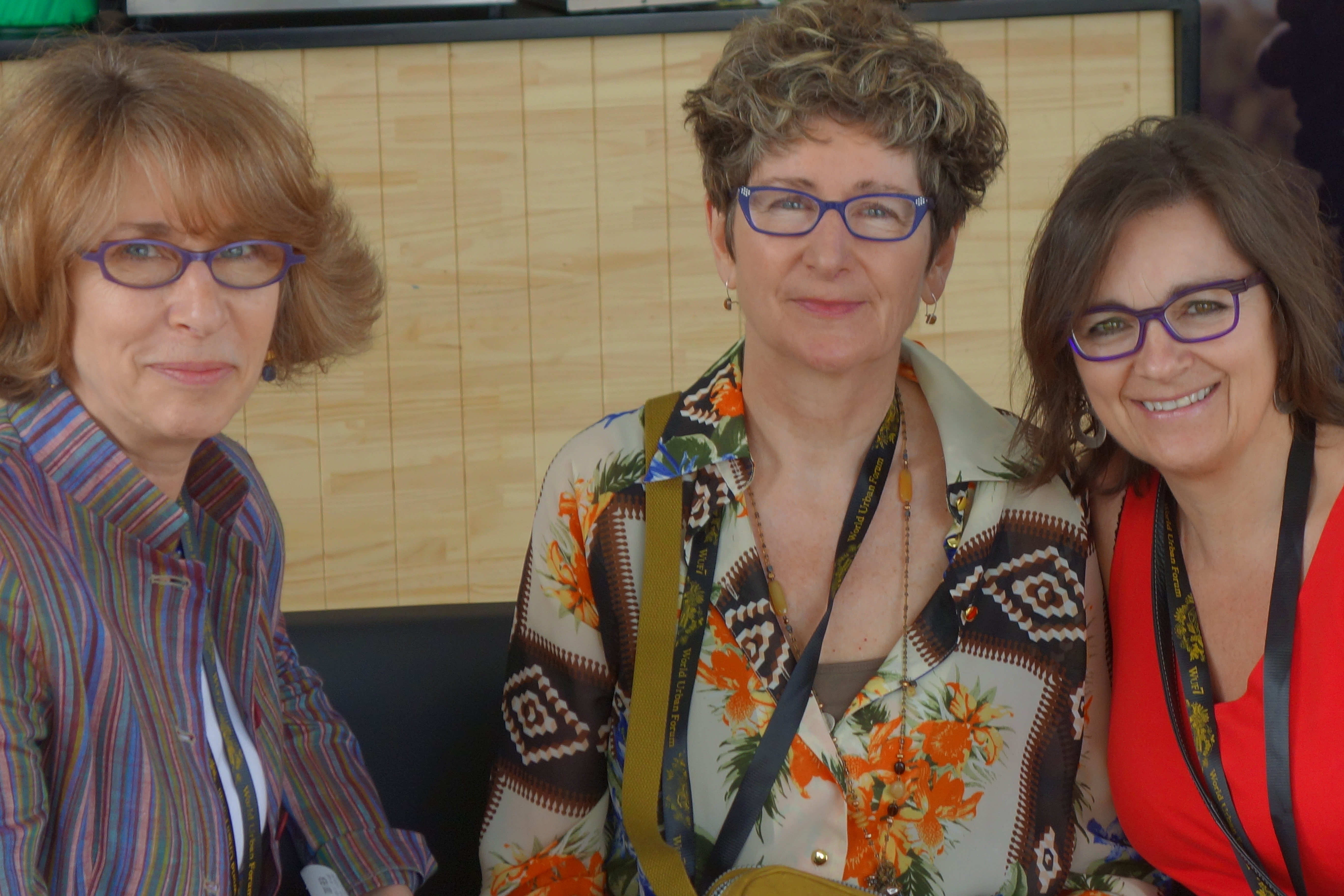
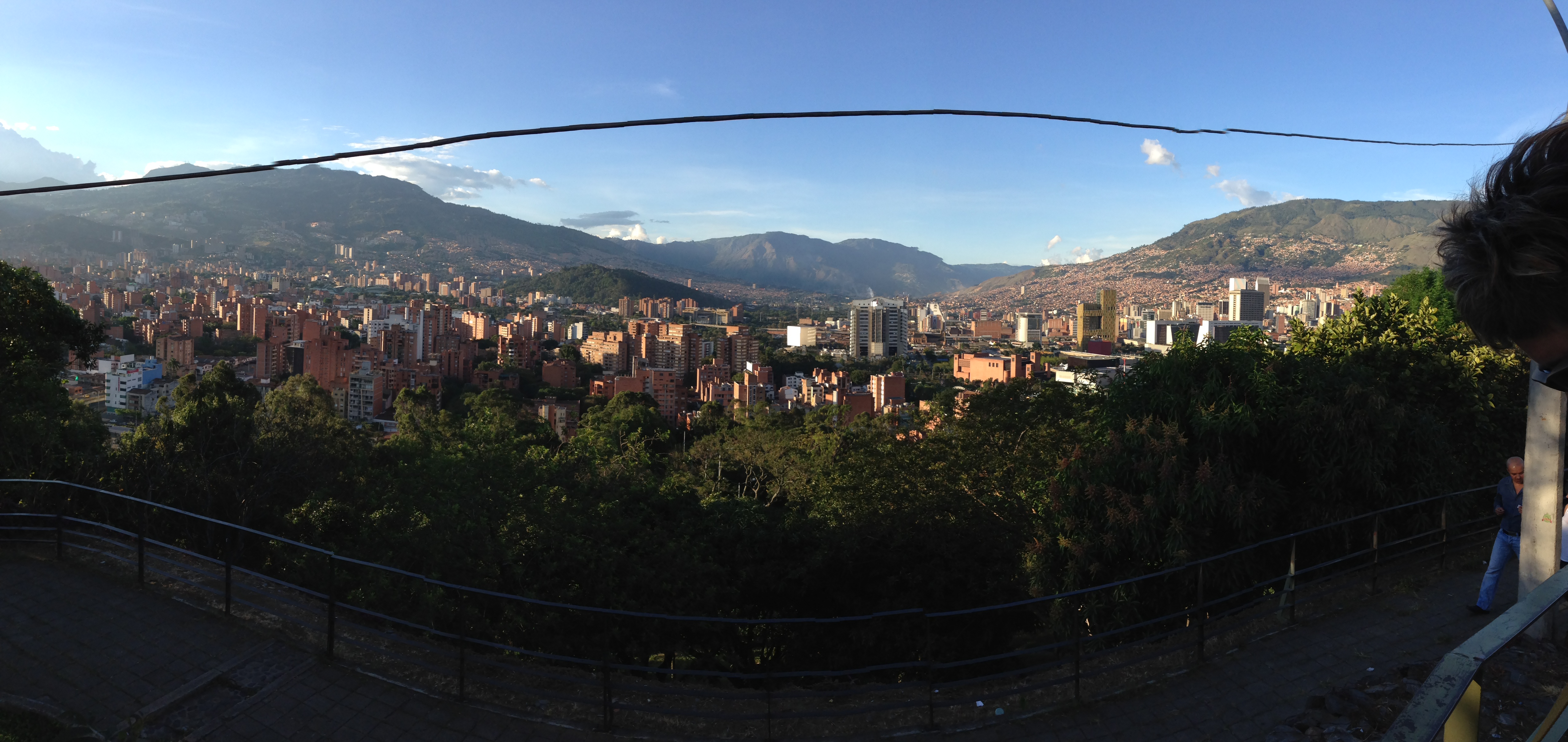
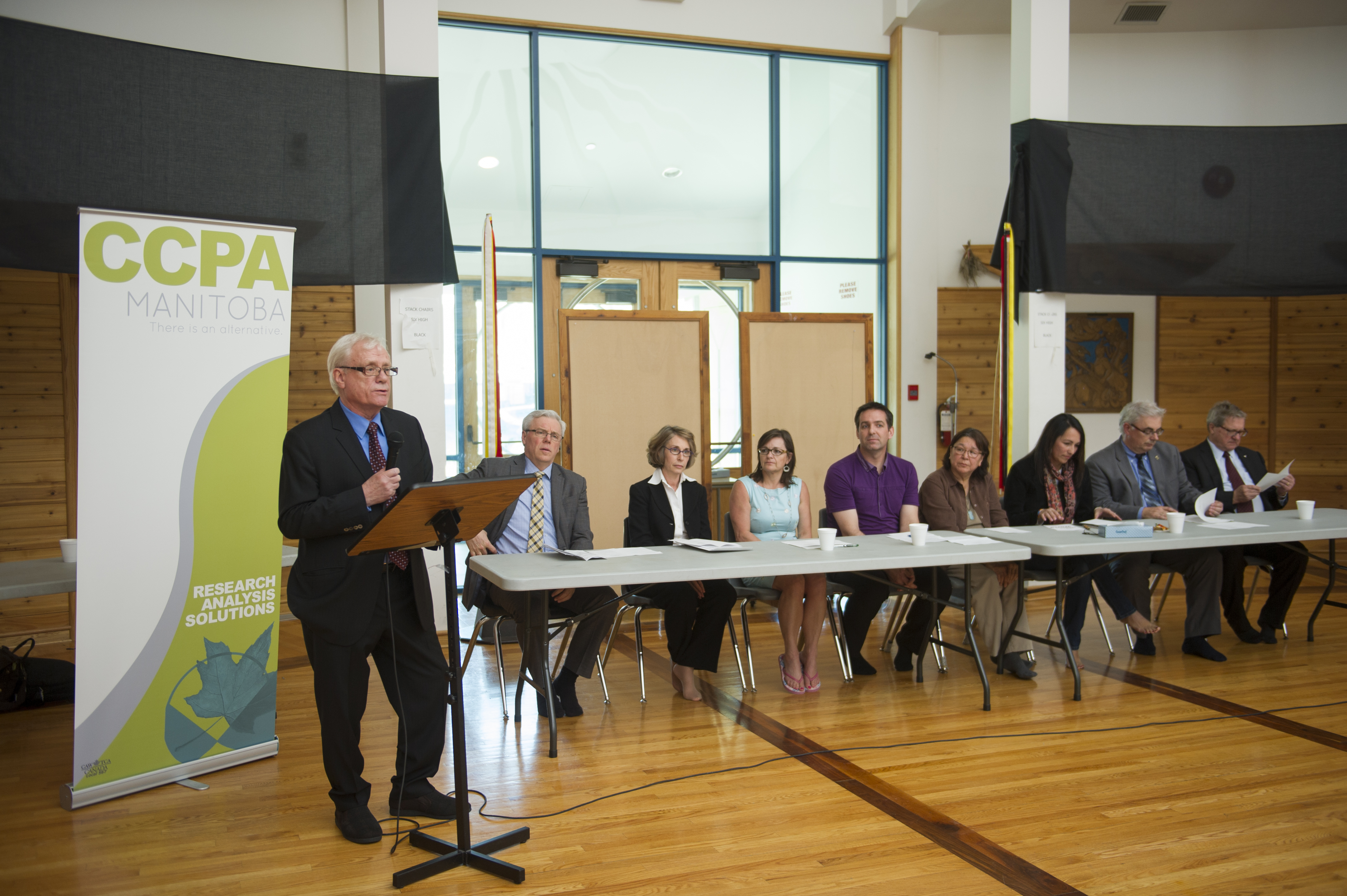
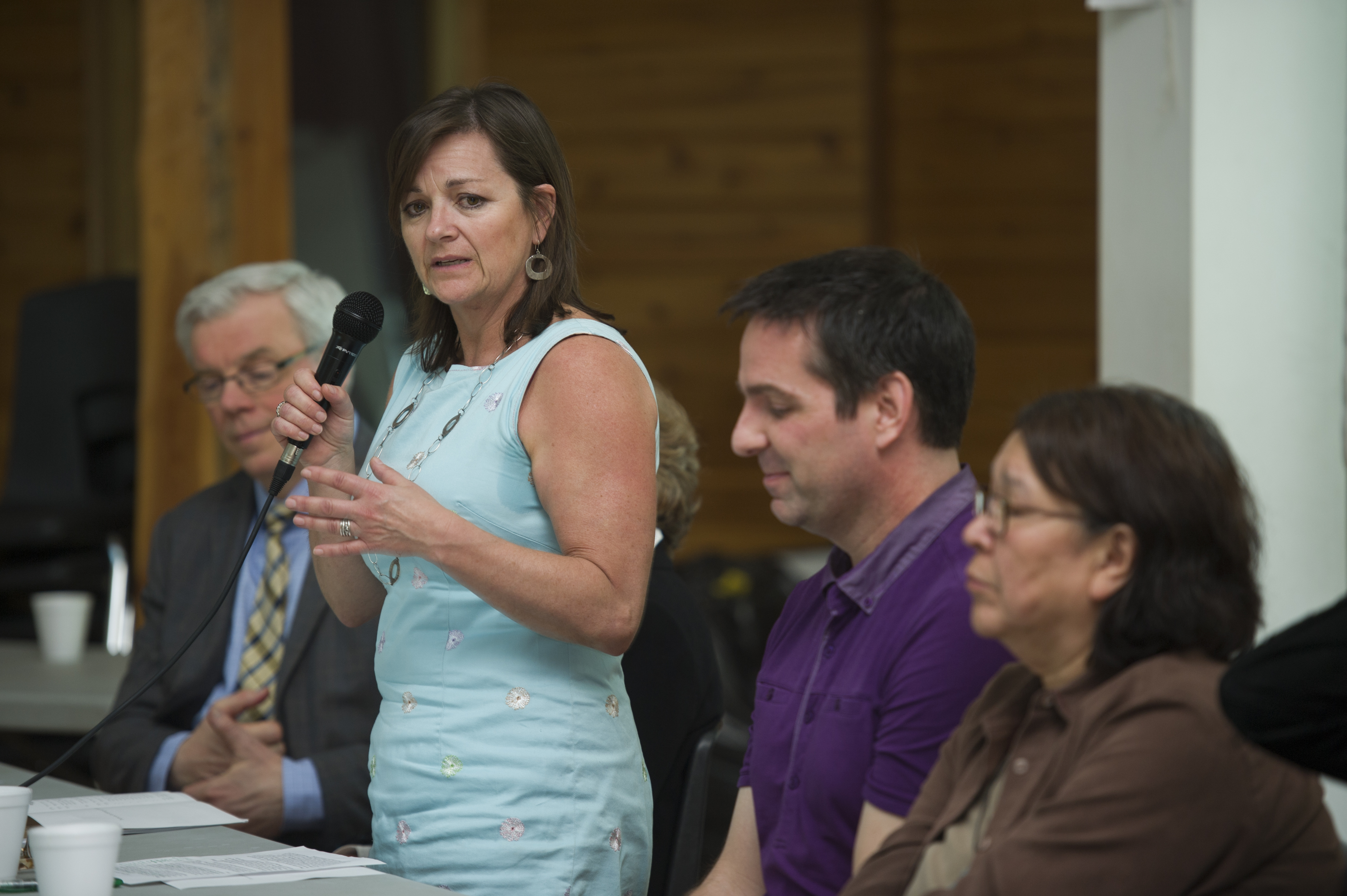
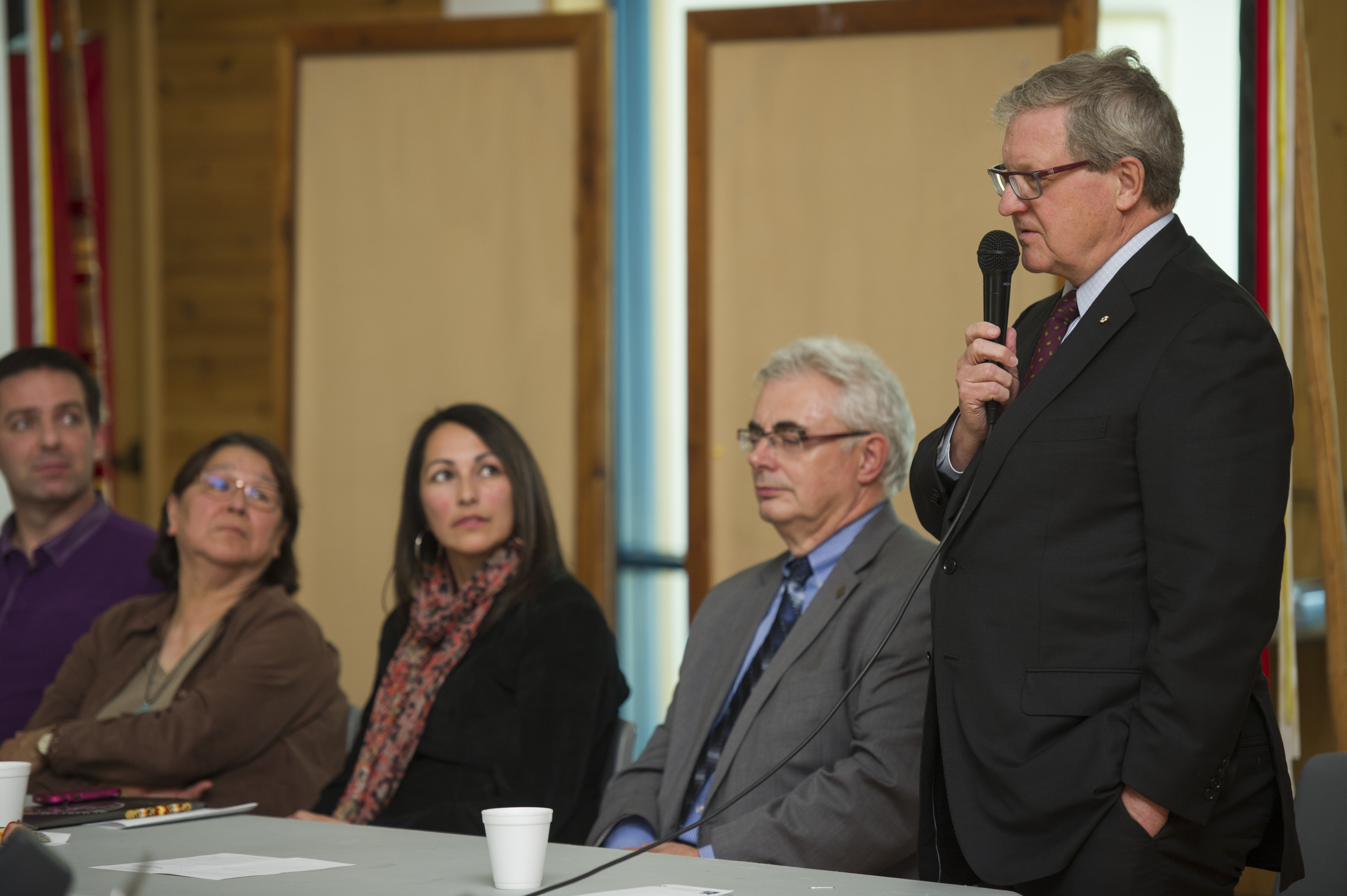
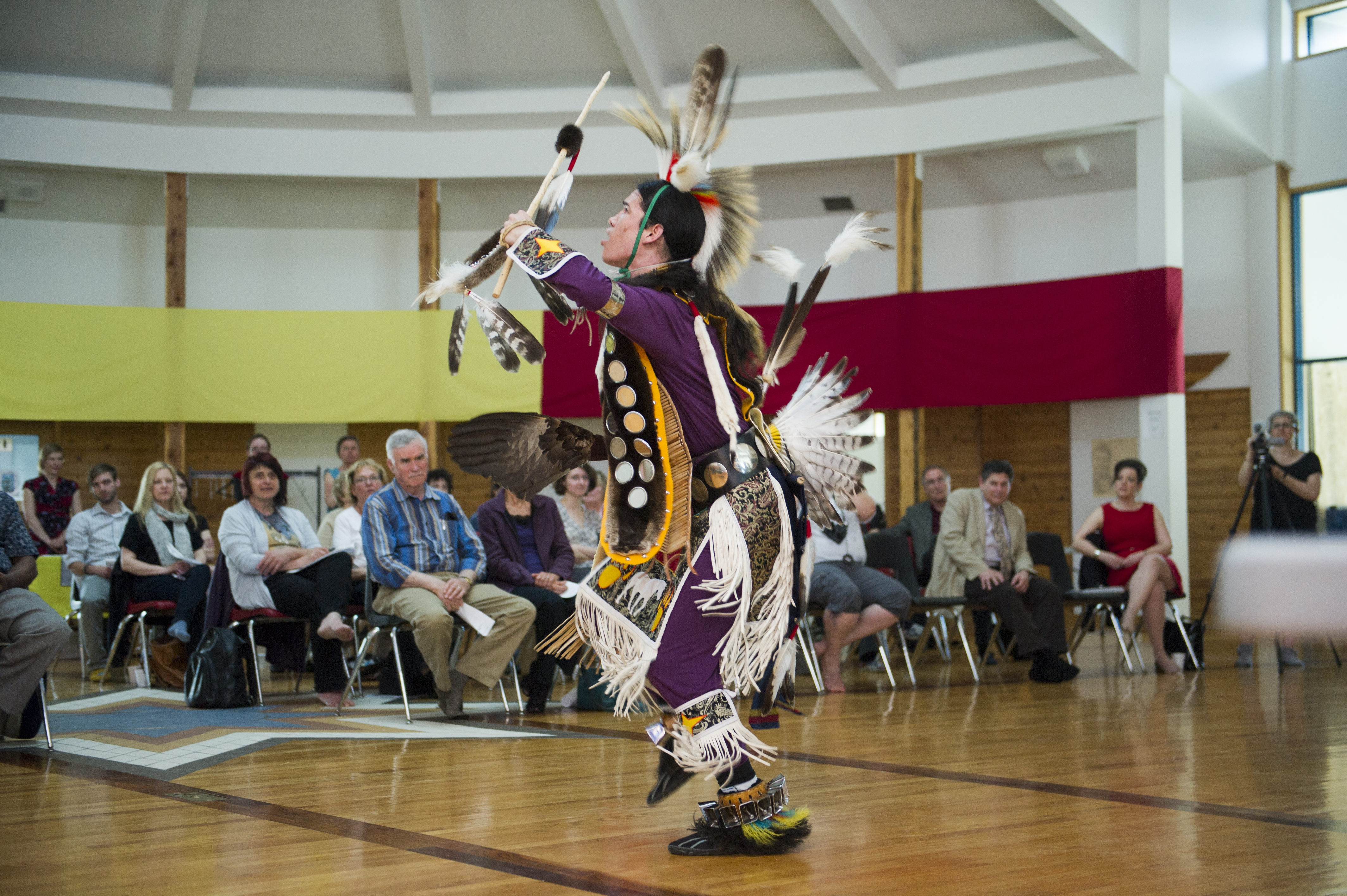
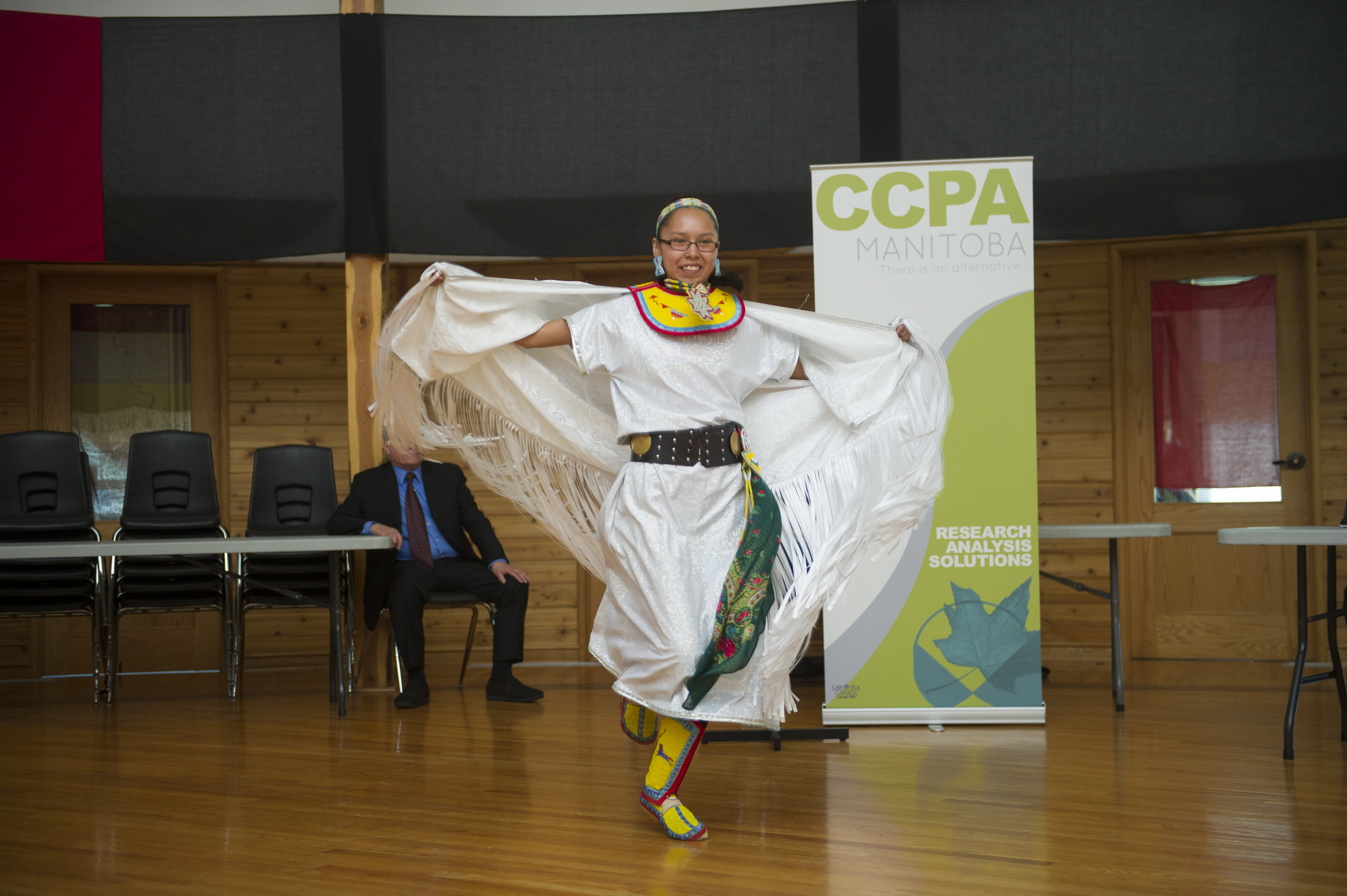
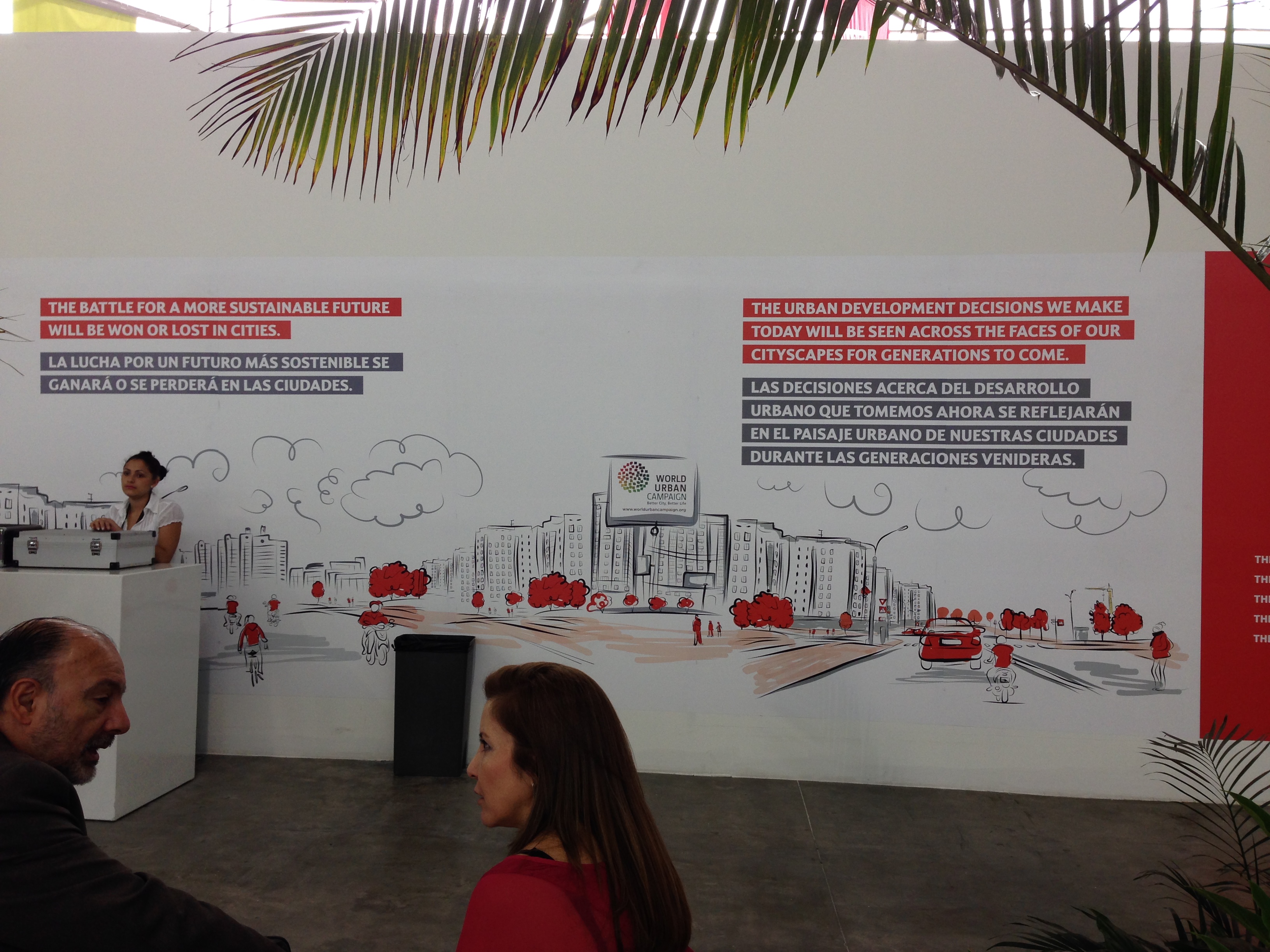
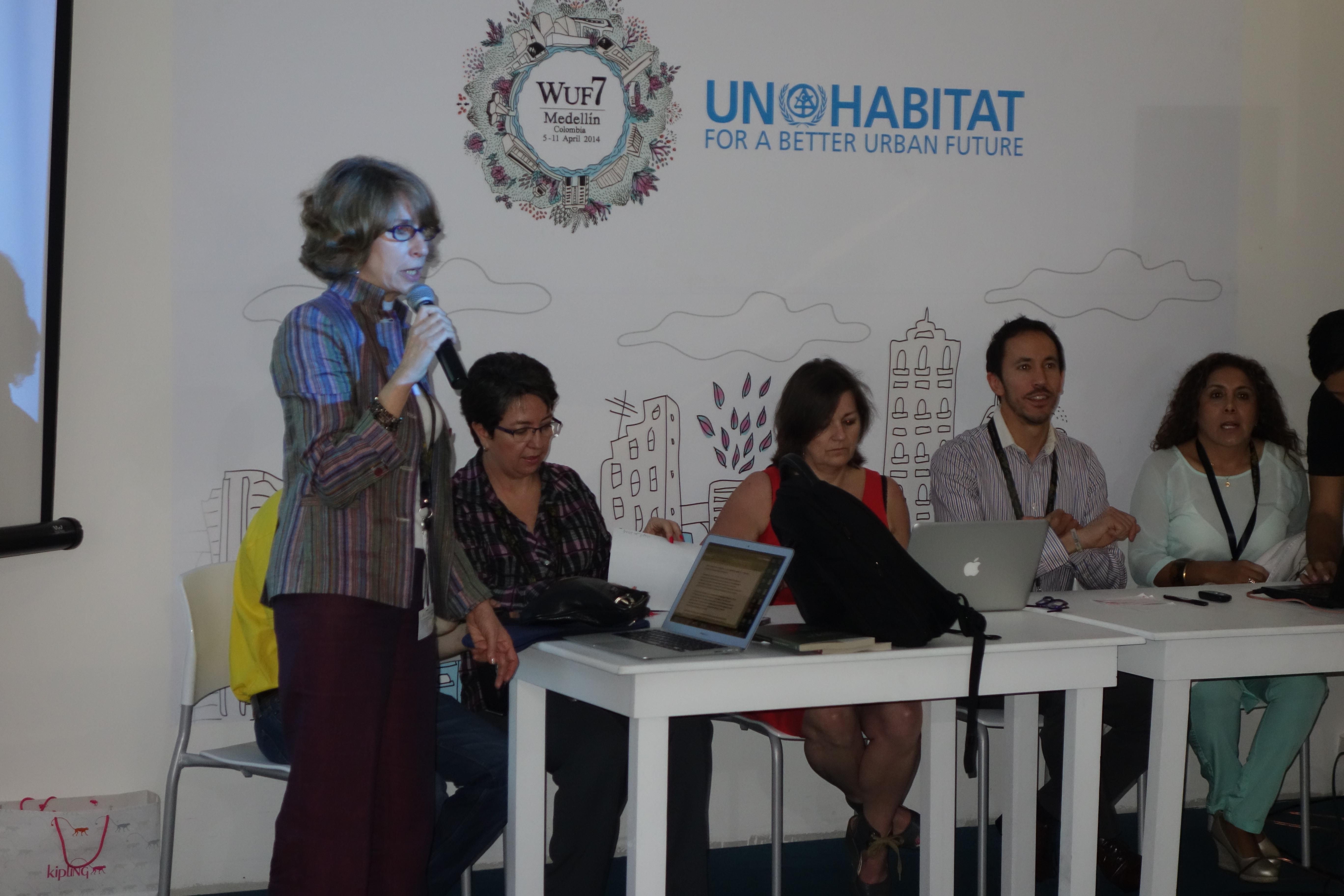 Sara Swartz introduces panelists from Colombia, Canada, Mexico and Peru
Sara Swartz introduces panelists from Colombia, Canada, Mexico and Peru